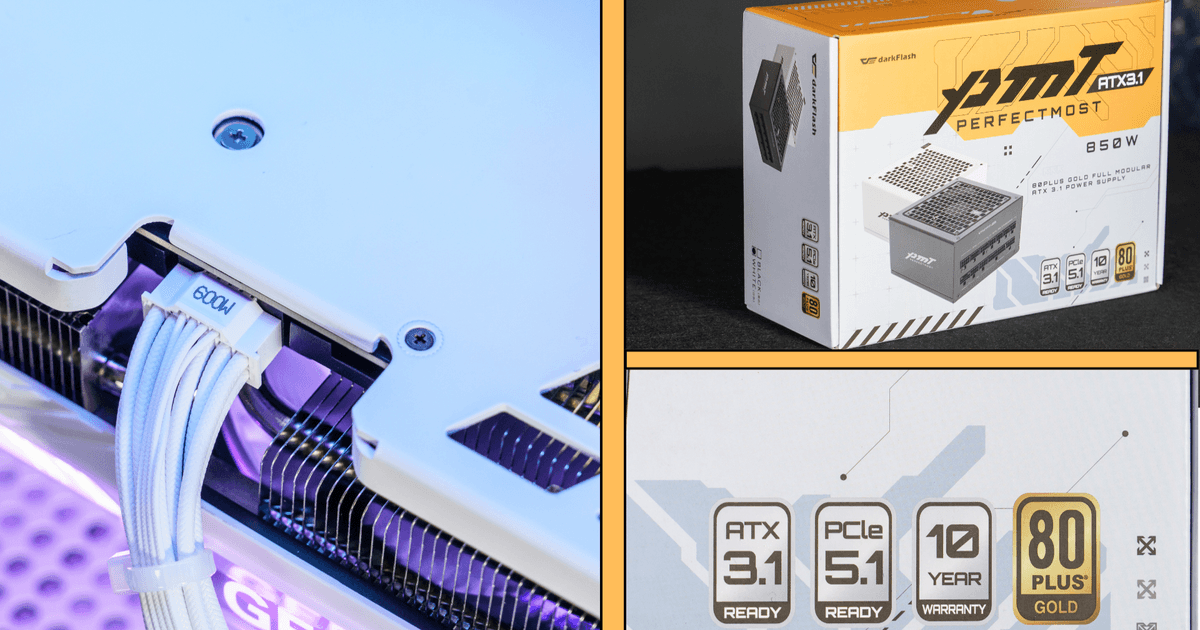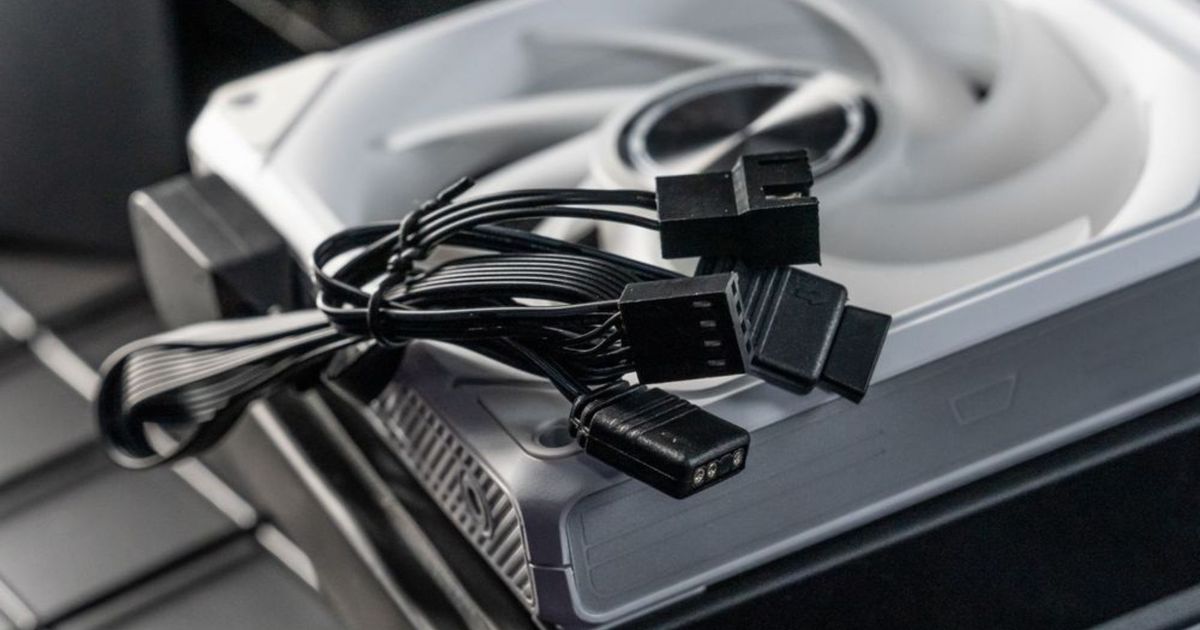
When building a PC, one of the most important yet confusing steps is connecting the Power Supply Unit (PSU). The PSU sends power to every component in your system — from your motherboard and CPU to your GPU and drives.
In this guide, we’ll use the darkFlash PMT Series PSU — known for its modular design, high efficiency, and clean cable layout — as a real example to show you where every cable goes and what each one does.
1. 24-Pin ATX Main Connector
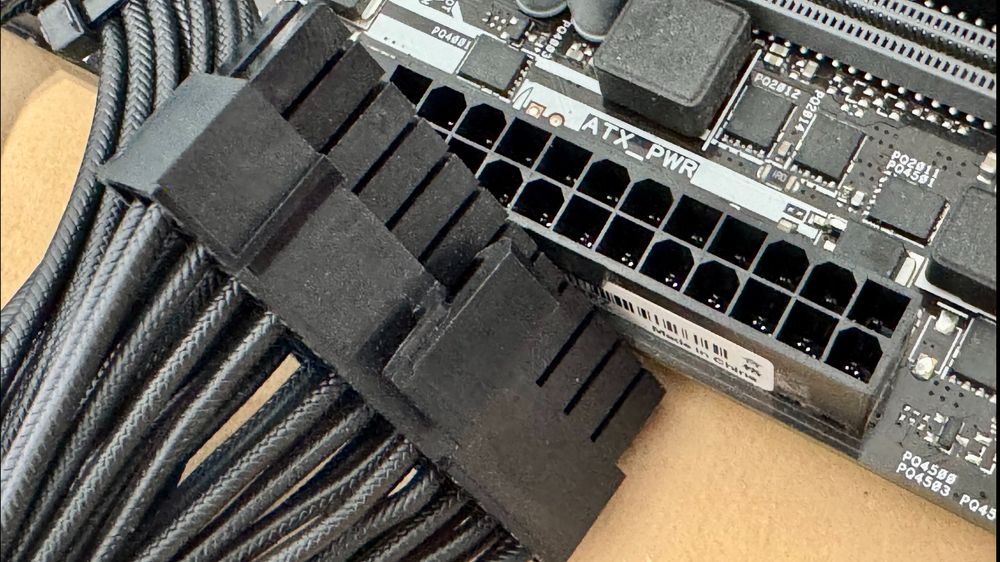
Purpose: Supplies power to the motherboard.
Where it goes: Right edge of the motherboard.
Tip 1:Modern boards use a 24-pin connector, but older ones may use 20-pin. The extra 4 pins are backward-compatible.
Tip 2: The cable is keyed to fit one way. Make sure it clicks securel y into place.
2. CPU 4+4-Pin Connector – Powering the Processor
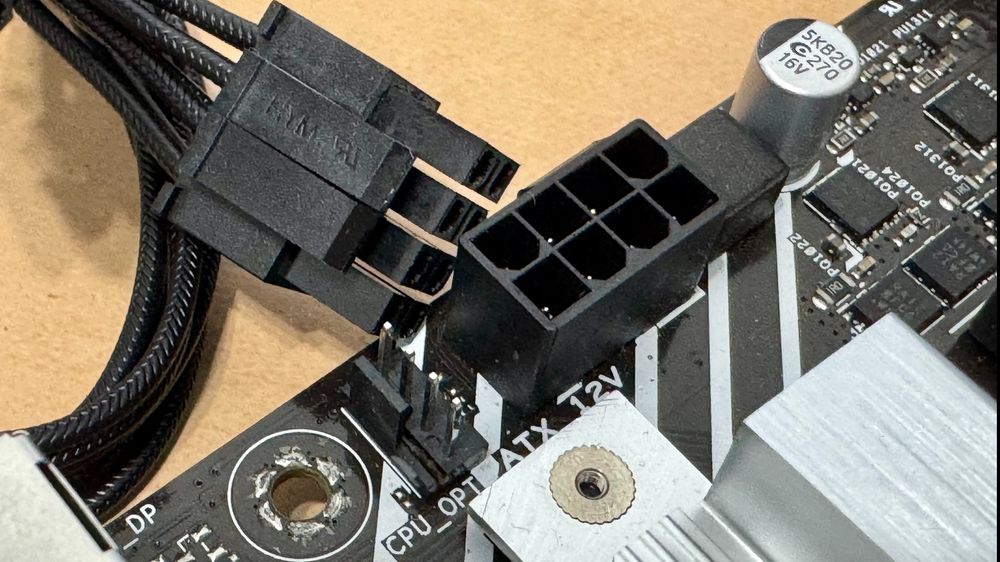
Purpose:
Delivers power directly to your CPU for stable operation.
Where to Plug:
The 4+4-pin (EPS) cable from your PSU goes into labeled CPU_PWR or ATX12 socket at the top-left corner of your motherboard.
Tip: Some motherboards may require additional 4pin or 4+4 pin connector.
Tip: Be careful not to confuse it with PCIe cables — the pin layout is different even though they look similar.
3. SATA Power Connector – For Storage & Accessories

Purpose:
Powers SATA-based storage drives and accessories, such as:
SSDs / HDDs
Fan or ARGB controllers
AIO pumps
Where to Plug:
The flat, L-shaped SATA connector plugs into the side of drives or accessories.
Tip: Each SATA cable usually has 3–4 connectors, allowing you to chain multiple devices.
4. Molex Connector – For Legacy Devices
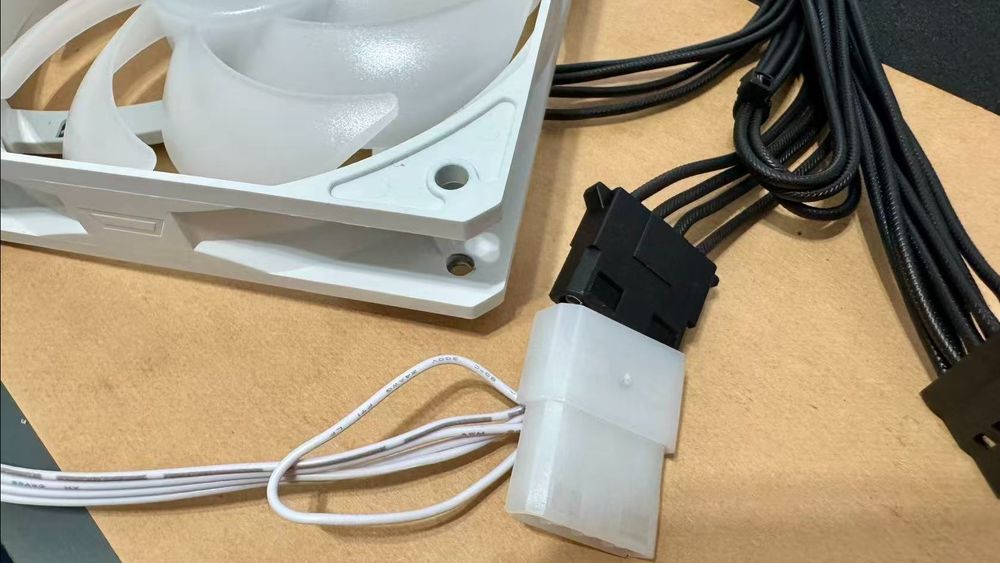
Purpose:
Supplies 12V power to older devices or certain accessories (like some LED strips or fan hubs).
Where to Plug:
If your accessories use Molex, connect them to the Molex chain cable from your PMT PSU. Otherwise, you can leave this cable unused.
Tip: Align the connector carefully — the pins are rigid and can bend if forced.
5. PCIe 6+2-Pin Connector – For Your Graphics Card

Purpose: Provides power to your GPU.
The PCI Express (PCIe) connector powers your GPU (graphics card). Modern GPUs demand a lot of power, often requiring multiple connectors.
Where to Plug:
Connect the 6+2-pin PCIe cable(s) from the PSU to your GPU’s power input(s).
You can use:
1× 8-pin for entry GPUs
2× 8-pin for mid-range
3× 8-pin or 12V-2×6 for high-end models
Tip: Always use PCIe/VGA-labeled cables, not CPU ones.
6. 12V-2×6 Connector – For Next-Gen GPUs
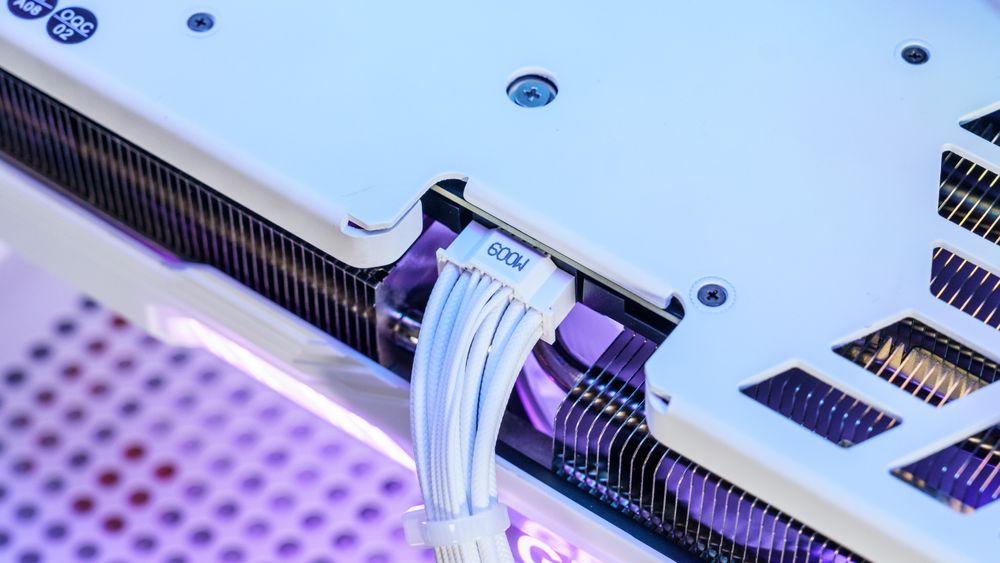
Purpose:
This next-generation connector (also called 12VHPWR) delivers up to 600 W through one compact 16-pin plug.
Where to Plug:
Connect it to your GPU’s 16-pin port until you hear a click. Ensure the plug is fully seated to prevent heat buildup.
Tip: If your GPU uses an adapter (e.g., 3× 8-pin to 12V-2×6), make sure all cables are plugged directly into the PSU — avoid daisy-chaining for high-power cards.
Pro Tips from darkFlash
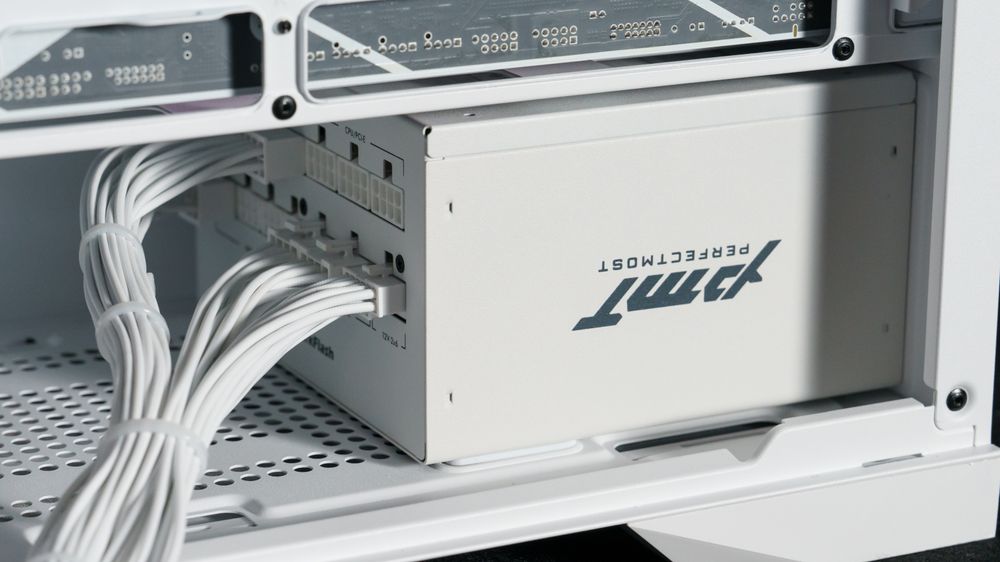
Use modular PSUs to connect only what you need.
Route cables behind the motherboard tray for better airflow.
Double-check all connections before turning on your PC.
If you hear no fan spin or lights, recheck the 24-pin and CPU connectors first.
Final Thoughts

Connecting your PSU correctly is crucial for both performance and safety. Every plug has its purpose — once you understand what each does, building and upgrading your PC becomes easy and enjoyable.
Take your time, check your manuals, and make sure every click counts.

